The Federation of Bakers (FOB) says manufacturers have not contravened the Bread & Flour Regulations by using other flours in their wholemeal breads.
Wrapped wholemeal loves have come under fire in the national media following a Which? Report looking at the ingredient labels of 11 branded and supermarket own-label wholemeal loaves. Every loaf contained soya flour, found Which?, while some contained fortified wheat flour, fermented wheat flour or barley flour.
Under The Bread and Flour Regulations 1998, “all the flour used as an ingredient in the preparation of the [wholemeal] bread must be wholemeal”.
The findings have sparked headlines such as The Sun’s ‘Cheat loaf: Shoppers are being duped into buying wholemeal bread which isn’t actually wholemeal’; and The Mail’s ‘The bread brands that aren’t as wholesome as you think’.
The Federation of Bakers (FOB), which represents the UK’s largest bakery manufacturers, said consumers were not being misled, and that non-wholemeal flours referred to by Which? were not used as an ingredient in the preparation of the bread as defined in the regulations.
“The bakers know the bread and flour regulations and they know what they can and can’t be doing,” said FOB director Gordon Polson. “They are not doing anything wrong – the rules are strict and they have complied with them.”
He pointed out that soya flour is not covered by the regulations as it is not a cereal, and that the other ingredients are used in small amounts.
“The white flour, for example, will only be there as a carrier,” said Polson. “It’s there as a processing aid and would not need to be labelled but it’s on the label to make sure bakers are compliant with allergen labelling.
“Our members are absolutely scrupulous in what they label is in their bread.”
Hovis market, strategy and plannng manager Ed Milner said its wholemeal products complied fully with all relevant legislation: “The Hovis’ ’Wholemeal’ products we bake are truly wholemeal."
The FOB pointed out that innovation had helped drive consumer interest in wholemeal bread, and that the regulations had not been designed to stifle innovation.
“Wholemeal bread is not necessarily that easy to bake or that attractive to some consumers,” said Polson. “The increase in consumption of wholemeal bread has been through the innovation that has made it easier to bake and easier for consumers to enjoy.”
Recent innovation has included the launch of a Wholemeal Toastie loaf by Warburtons. The loaf’s ingredient list includes barley malt flour and soya flour.
Big three brands’ wholemeal ingredient lists
Hovis Wholemeal
- Wholemeal Flour (Wheat), Water, Caramelised Sugar, Yeast, Wheat Protein, Soya Flour, Salt, Wheat Flour (with added Calcium, Iron, Niacin, Thiamin), Emulsifiers: E471, E472e, E481; Preservative: E282, Vegetable Fat (Palm, Rapeseed), Flour Treatment Agent: Ascorbic Acid.
Kingsmill Wholemeal
- Wholemeal Wheat Flour, Water, Kibbled Malted Wheat (4%), Sugar, Wheat Protein, Yeast, Salt, Vegetable Oils (Rapeseed, Sustainable Palm), Malted Barley Flour, Emulsifiers: E471, E472e; Vinegar, Soya Flour, Preservative: Calcium Propionate (added to inhibit mould growth); Flour Treatment Agent: Ascorbic Acid (Vitamin C).
Warburtons Wholemeal
- Wholemeal Wheat Flour, Water, Yeast, Salt, Vegetable Oil (Rapeseed, Sustainable Palm), Wheat Gluten, Emulsifiers: E471, E481, E472e; Soya Flour, Preservative: Calcium Propionate; Flour Treatment Agent: Ascorbic Acid (Vitamin C).






















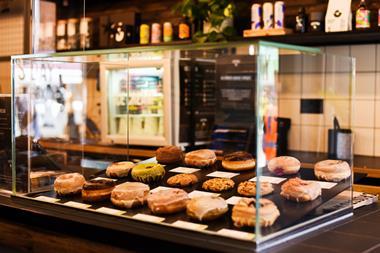
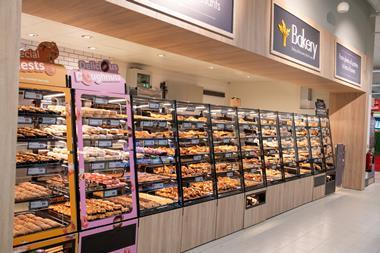
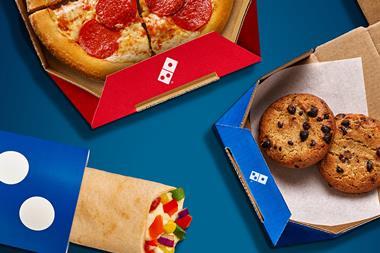
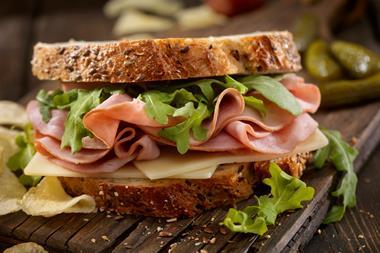
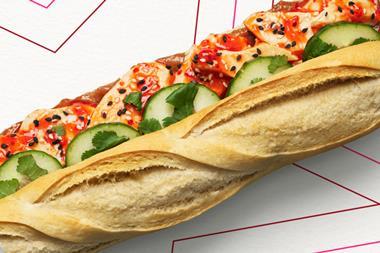


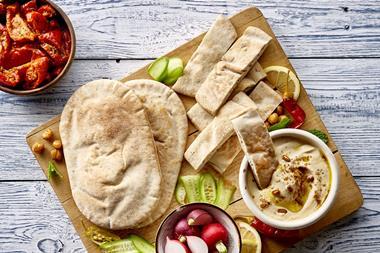
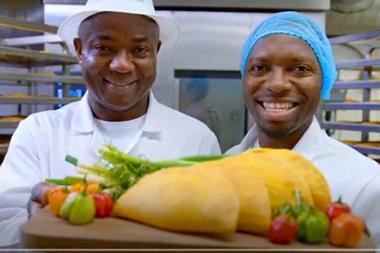
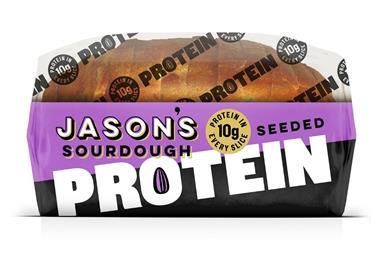

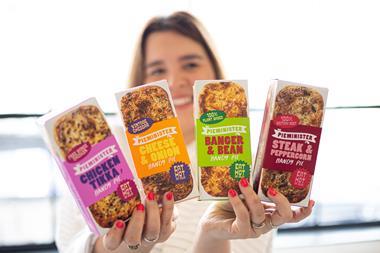

No comments yet